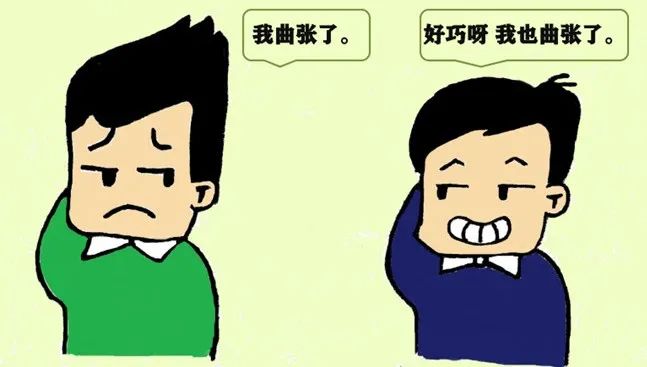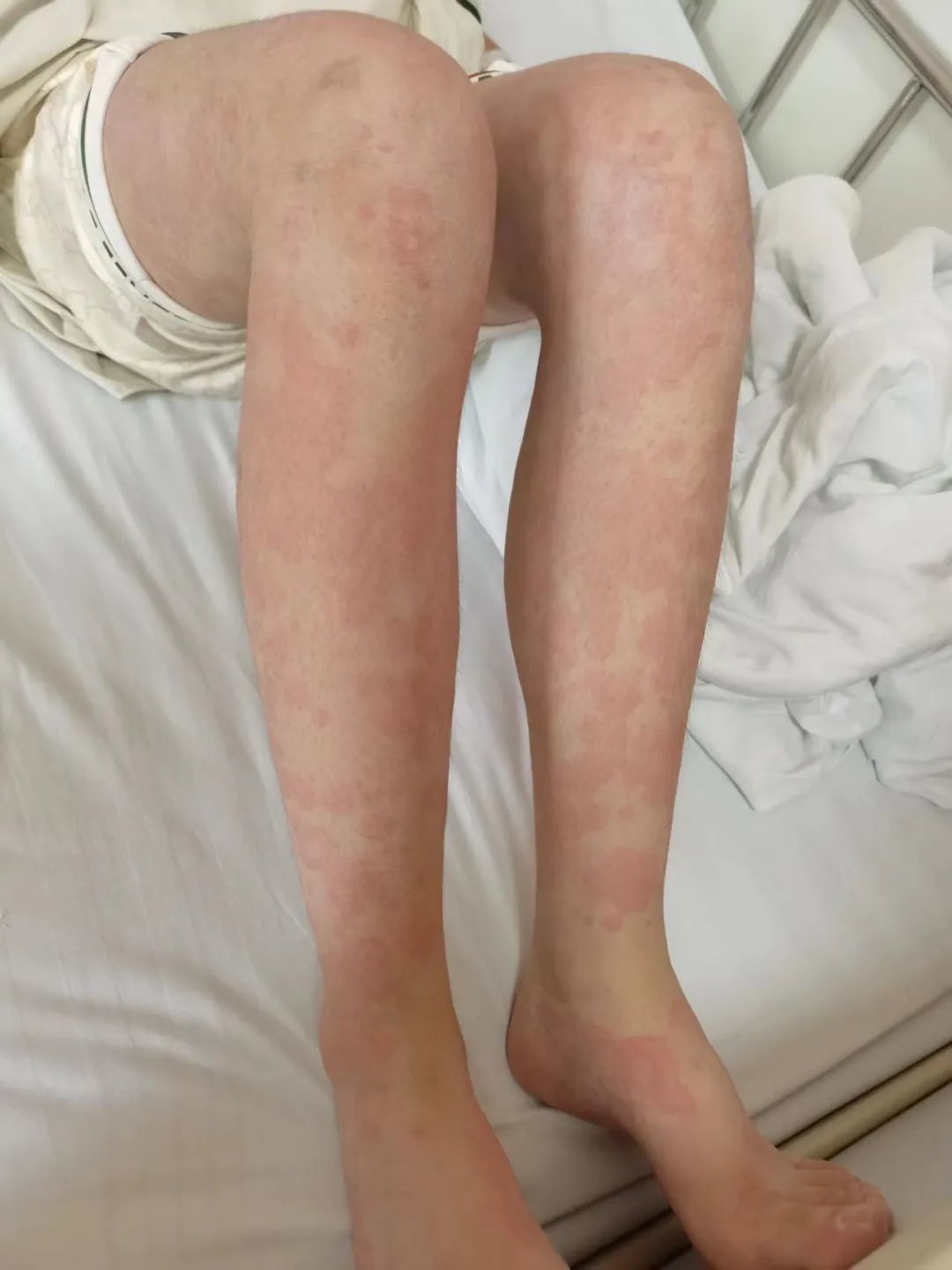Swipe her prove that you have strength!Behind the "Queen of Strings", there is a disease you haven't heard ...
Author:Wuhan Evening News Time:2022.08.04
Wuhan Evening News August 4th (Reporter Jiang Mengqing Correspondent Gao Chenchen) "It is possible to cross the future of humans." Recently, a sentence from Wuhan's "post -90s" physics doctor Zhou Siyi rushed to Hot search.
On the screen, she is called the "Queen of String", and the mystery of the universe is talked with her slow voice; outside the screen, she can't even squat, she often wrestled, and she was reluctant to stand at the age of 2. With a rare "Central Core Disease (CDD)".
What disease is the central axis empty disease?
He Xuelian, director of the precision medical center of Wuhan Children's Hospital, introduced that CCD is the first congenital muscle disease described by human beings. In 1956, SHY and Magee first reported that the main clinical manifestations of static or slow and advanced proximal muscles were the main clinical manifestations. The most common inheritance is the hereditary inheritance of ingredients. The disease is named according to its pathological characteristics, because the patient's muscle fiber tissue slices show a clear air bubble structure with a single boundary in the center of the center of the muscle fiber.
Incidence
Research on epidemiological diseases, it is estimated that the incidence of congenital muscle disease is about 6/100,000 live babies, that is, only about 6 of 100,000 people develop diseases, or one -tenth of all neuromuscular disease cases.
When does the disease occur?
Generally, after birth or birth, some patients have less fetal movement during pregnancy; some patients still develop onset when they are adults.
What are the characteristics of illness?
The clinical manifestation of the disease is very different. Even in the same family, there are soft children when they are born, and severe cases cannot be walked. Breathing needs to rely on ventilator assistance, but there are patients with no clinical symptoms.
Mainly manifested in infanting muscle tension or early children's developmental development. Due to the weakness of symmetrical muscles, it is often accompanied by spinal deformity, hip dislocation, joint contracture, poor infant admission, and respiratory dysfunction that requires auxiliary ventilation. Some patients are accompanied by facial muscle weakness.
Most of the affected individuals have mild diseases, and their life span is normal and can walk independently. However, exercise development is usually slow. Generally, they can walk until the age of 4 to 5.
The clinical manifestations are mutated. Those with slow progress, those who cannot walk independently, and have died in infantile periods.
Pathogenic mechanism
The pathogenic gene of the disease is a chromosomal long arm 19 (19Q13.1), which is related to mutation of the Ryanodine receptor gene (Ryr1) of the calcium ion release channel. Calcium ion is an important factor in muscle contraction, which couples with neuros signals with muscle contraction. The body mutation affects the function of the calcium ion channel, which causes excitement to reduce coupling, and there is symptoms such as muscle weakness.
The pathogenic genes of CDD and malignant high fever are equal genes, but in some families CDD do not have a common high fever with malignant high fever.
Can it be cured?
At present, there is no effective treatment for the disease for the disease. In -depth research on the pathogenesis of Ryri genes will help the development of CCD treatment drugs.
How to prevent complications?
At present, it is mainly based on the need for supportive treatment of multidisciplinary methods as required, especially the management of breathing and spinal bending. Regular physical therapy to maintain the strength and function of muscle to prevent spinal bending and joint contracture. In addition, influenza vaccination, respiratory exercises for processing secretions, and positive treatment of respiratory infections can help reduce the risk of respiratory dysfunction.
How do you know if you have the disease?
For individuals with the following characteristics, CCD diagnosis should be considered, and genetic testing is required to go to the hospital:
The muscle tension and general weakness of infants and young children are accompanied by complications during the perinatal period, including less fetal movement, difficulty breathing, and difficulty in feeding; slow exercise development; spinal bending, congenital hip dislocation, foot deformity and key contracture; in addition Some adults have mild symmetrical muscle disease, symmetrical facial muscle weakness, and eye muscle palsy, etc., should also consider delayed CCD.
Genetic method?
Director He Xuelian said that most of the disease is inherited in the alternative chromosomal, or it may be hidden inheritance.
Most of the individuals diagnosed as explicitly genetically, pathogenic mutations to new mutations or inheritance from their parents (asymptomatic pathogenic leaders). Such patients are usually mild or moderate disability. The overall prognosis is better. The condition is static or progressive, and almost all patients can walk independently. A 50%opportunity for each fertility of CCD patients to be inherited to the child each time, so regeneration needs to be diagnosed with prenatal diagnosis.
A small number of CCDs are hidden inheritance, and their parents are asymptomatic carriers of RyR1 pathogenic mutations. Each time she conceives, 25%of their children have a chance to get sick, 50%of the opportunity to become asymptomatic carriers, and 25%of 25% Opportunities are normal people who have not carried the pathogenic gene.
He Xuelian suggested: For parents with unknown motor disorders, they should consult prenatal diagnosis or genetic consultation before fertility, and then give birth to clear diagnosis through relevant examinations; genetic risk assessment should be performed during fertility for patients with clear diagnosis;If the CCD caused by the change of new disturbances has no symptoms in the fetal period and no preparations for prenatal diagnosis, this part of the patient is the most difficult to prevent and control.Screening is performed, but because the clinical characteristics of various diseases in the fetus are not obvious or ultrasonic images are difficult to find, genetic consultation before genetic testing is very important.[Edit: Yu Lina]
- END -
Ancient and modern male and modern 丨 Early veins must do surgery?

Open -column[Ancient and Men's and Men] It is a science popularization issue organ...
The girl's whole body is densely sent to the doctor, it turned out to use this "artifact"!Many people have ...

Mom! Itchy, help me scratch!Zhejiang Lishui City Center HospitalA 12 -year -old gi...